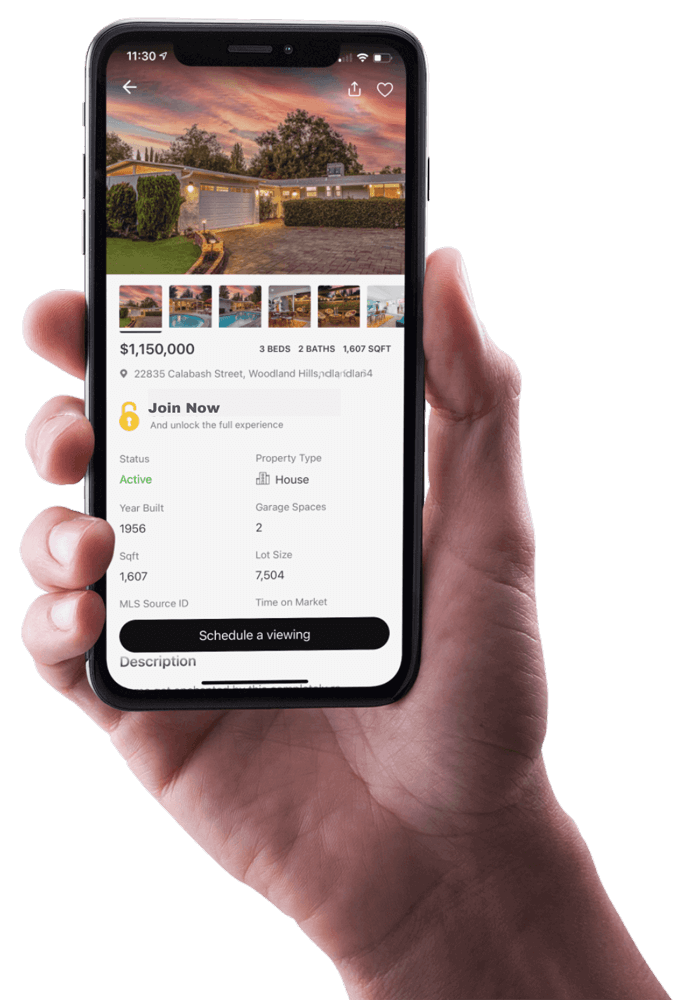Site Preparation Secrets: How to Build a Rock-Solid Foundation for Your Home
Read more about Site Preparation Secrets: How to Build a Rock-Solid Foundation for Your Home

While there is a significant amount of money to be made through flipping houses, there's also a considerable amount of money to be lost. With great power comes great responsibility. Lets discuss seven common pitfalls that most Utah property investors encounter when flipping houses, so hopefully you can avoid making these same mistakes.
Many people ask me what defines a good or bad area when it comes to choosing a house to flip. Some ask about desirable areas like Salt Lake City, Provo, St. George and Park City Utah. The truth is that both good and bad areas exist in all these places.
When it comes to selecting an area, or even a specific street or property, I always consider whether there are proven sold comparables. According to the National Association of Realtors, analyzing comparable sales is crucial for accurate property valuation. If a house on a particular street hasn't been sold in the past 20 years, I would be cautious about purchasing it, especially if you're new to real estate investment and unfamiliar with the area. Lack of proven sold comparables is a red flag. However, if you're buying a three-bedroom terraced house and every other terraced house on that street has been sold in various conditions for at least $350,000, and you manage to acquire yours for $330,000 or $320,000 then it's likely a good deal. This is what I look for when selecting an area. I don't concern myself with schools or public transport, as these factors are already taken into account in property prices. Ultimately, all I need to know is what properties have sold in that area.
Conducting inadequate due diligence. Many people, especially those involved in deal sourcing and deal packaging, make the mistake of only considering properties that have been sold. Let's say they examine a street and discover that three or four houses were sold within the past year, ranging from $450,000 to $550,000. However, some individuals tend to focus solely on the best-case scenario. They think about what could be achieved after renovating the property or whether it can be sold for $550,000. But what about those that were sold for $450,000? You cannot always just think about the best case scenario, you have to consider the average or, to be honest, the worst case scenario. This is because you always want to ensure that you are properly doing your due diligence. If you end up having to sell it for less than expected, it may eat into your profit and result in a loss on the property. So when you're doing your due diligence, it's important to look at the worst case scenario rather than just the best case scenario.
Overdoing it on the build An example of this is my client, Ben. He recently did a flip where he showcased a fantastic property deal in the St. George Utah. When I went to see it, he asked for my recommendations regarding the flip, and he had some ideas such as adding a hallway and a partition wall.
To be honest, the things that he said he wanted to do to the property sounded quite expensive. When I looked at the area, I knew that the best they could do is sell it for about a $350,000. Adding hallways and such doesn't actually add value. So, I explained to him that if he wants to get the most money out of this property, he needs to know what adds value and what doesn't. He should look at a comparable property that has sold for in the price range he wants to sell for. What's the difference between that house and his current one? What does he need to do to get his house from its current state to where it needs to be in order to sell for that desired value?
Adding value to your property can be achieved through cosmetic upgrades such as painting the house, installing new flooring, updating the kitchen and bathroom. In contrast, renovations involving electrical and plumbing work have a more significant impact on the value of the property. However, adding partition walls or removing chimneys may result in a costly renovation without increasing the property's value. To avoid poor workmanship, it is crucial to research and find reputable builders through recommendations from experienced investors and trusted sources. It's recommended to be cautious even when seeking referrals from friends and family. These precautions will ensure that your property receives a high-quality renovation, leading to increased value.
If your family and friends have had someone around to plaster a wall, that's great. But how good are they at plastering an entire house? How quickly are they able to complete the job? Therefore, it is crucial to get recommendations from reliable sources. Another important aspect is to look at reviews on Google or Trustpilot. What do their reviews say? Can they provide examples of their previous work for you to see before and after photos? Moreover, can you speak to a few of their previous clients to hear about their experience working with that builder?
Having a plan, specifically a schedule of works, is vital when it comes to renovations. It allows you to determine the timeline for the project.
What's happening in different weeks? Having a schedule of tasks, having the appropriate contracts in place is part of your strategy, ensuring that you have the correct budget in place and making sure that your team is accountable so they adhere to timelines, stick to budgets, and do what you expect them to do. However, you cannot determine what you want to do if you don't have a plan. We've all heard the saying 'if you fail to plan, you plan to fail'. That's the one. We've all heard it before, but it's actually true.
When purchasing a property at market value, assume all associated risks. By doing so, they hope that the subsequent renovations will significantly increase its price. However, I strongly discourage this practice. Certainly, adding value through renovations is a great idea. Nonetheless, relying solely on hope when buying a property at market value means banking on future returns for the money invested. Thus, my advice is always to strike a balance between the two approaches or, at the very least, ensure that your purchase is below market value. I live by the mantra 'the profit lies in the purchase.' For example, buying a house valued at $400,000 and spending an additional $20,000 on renovations could potentially elevate its worth to $450,000. Even if you decide not to proceed with the renovations, this strategy protects you from losses. Furthermore, in some cases, it may be possible to buy and sell the property in its current condition while still turning a profit.
One common mistake is not including a contingency plan when dealing with number seven. When considering renovation costs, it's advisable to allocate around 15 to 20% of the total budget as a contingency fund. However, it's crucial to remember that contingencies shouldn't be limited to renovations alone. The end value should also have a contingency plan in case you end up selling it for 10% less than expected. Moreover, adequate preparation for time is essential. What if the renovation process takes longer than anticipated? Are you prepared for additional expenses such as holding costs, council tax, utilities, and interest rates during this period? Make sure to account for both renovation costs and time in your contingency planning. Alongside these practical considerations, it is vital to develop a comprehensive plan and conduct thorough due diligence.
But the last thing that I want to say, and it's very, very important, and it's where I see most people stumbling when it comes to starting to flip houses, especially for beginners, is getting emotionally invested. If you become too emotionally attached and it becomes a passion project and you just love it so much, you're prone to overpaying on the purchase price, overspending on the refurbishment where unnecessary. Additionally, it means that when it comes to determining the end value and selling it, you might have a slightly distorted and unrealistic expectation of what the end value is because you're so emotionally involved with it. This is something you often observe with sellers who've lived in a home and are now selling it. They believe it's worth much more than it actually is due to sentimental attachment that isn't substantiated.
To successfully flip a house in Utah or any other state, it's crucial to consider it as an investment endeavor. The U.S. Department of Housing and Urban Development provides resources for real estate investors. You should analyze the funds you are investing and anticipate the returns they will generate. Avoid making the common mistakes that many people fall into. Make sure you're aware of these pitfalls when undertaking a house flipping project and good luck if you decide to proceed with flipping a property. I wish you all the best. If you are interested in getting started in the property market but lack the current capital for extensive renovation projects, I always recommend beginning with deal packaging and deal selling. In this role, you identify lucrative deals, find serious investors, and facilitate their partnership, earning a substantial fee in the process. This approach allows you to build your savings and enhance your expertise. Reach out to use to get more information on finding homes to flip
Related Articles:
Access all your saved properties, searches, notes and more.
Access all your saved properties, searches, notes and more.
Enter your email address and we will send you a link to change your password.


Your trusted MLS search companion